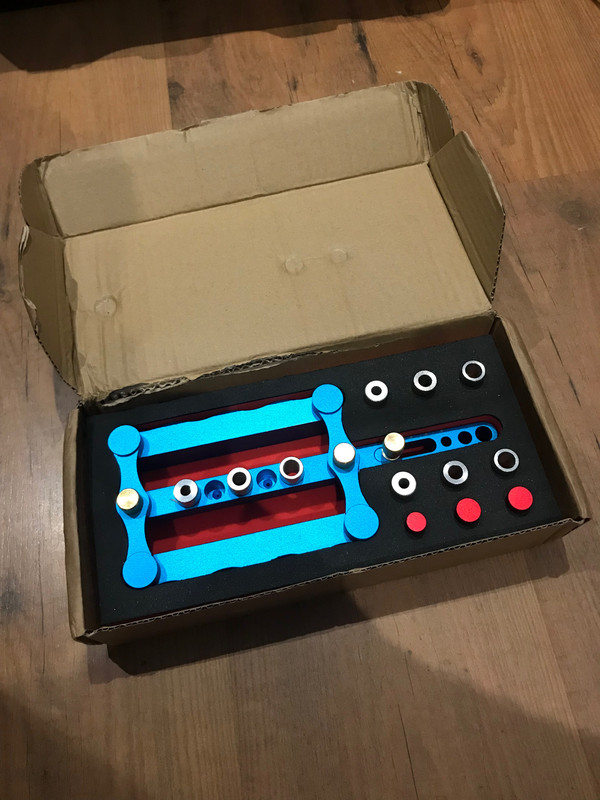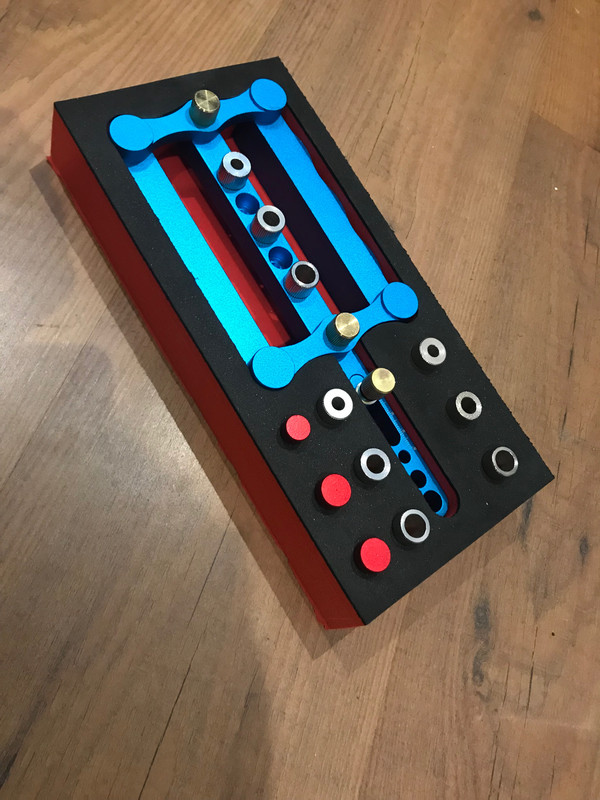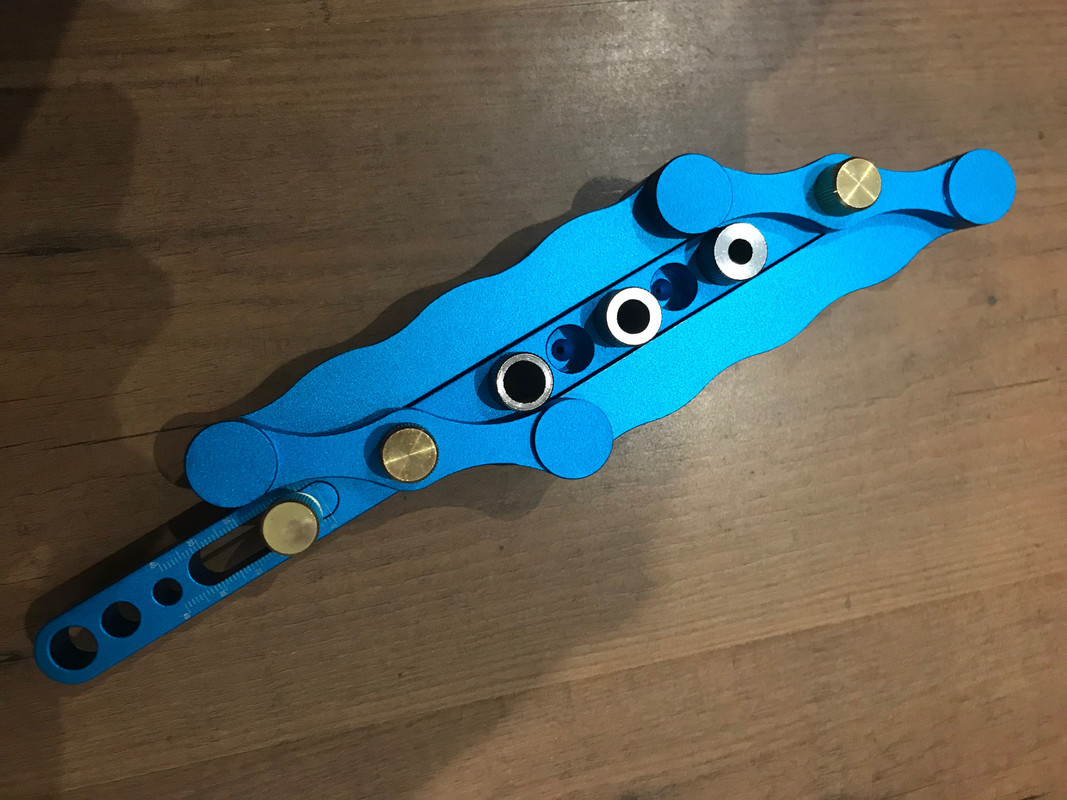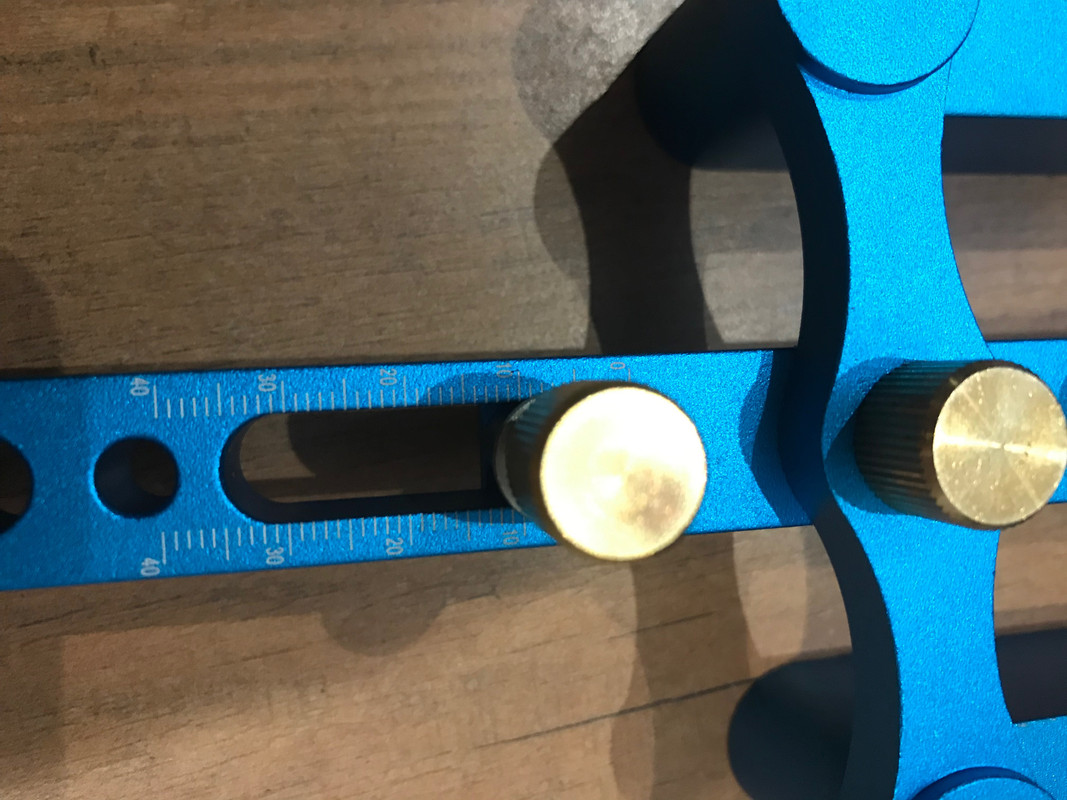user22161
Established Member
I have an old Stanley 59 dowel jig but rarely use it these days unless grain creates problems. Usually use these cheap dowel centre pins. Drill dowel hole(s)in one surface, insert pin(s) and smack it against the other surface leaving pop mark to drill. https://www.amazon.co.uk/Silverline-733 ... B000T9UCCI
Strange how tests show dowels can be stronger than tenons. If we take a piece of 2" x 1" with a 1 1/2" x 1/2" tenon, the glue area is 4" x depth, whereas 2 x 1/2" dowels only give a glue area of 3.142" x depth. (if my maths is correct) Were they hardwood dowels as opposed to softwood tenons?
Strange how tests show dowels can be stronger than tenons. If we take a piece of 2" x 1" with a 1 1/2" x 1/2" tenon, the glue area is 4" x depth, whereas 2 x 1/2" dowels only give a glue area of 3.142" x depth. (if my maths is correct) Were they hardwood dowels as opposed to softwood tenons?




































